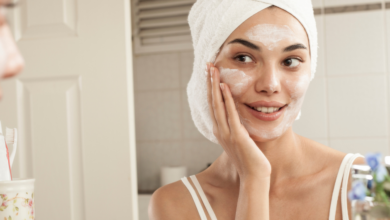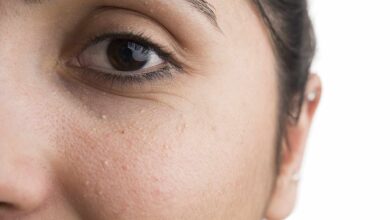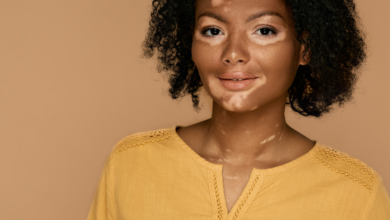
In this article, we will provide you with a comprehensive understanding of the impact that blue light has on your skin. With the rise of technology and increased screen time, it has become crucial to acknowledge the potential harm caused by prolonged exposure to blue light. By exploring the effects of blue light on the skin, we aim to equip you with the knowledge necessary to protect and maintain the health of your skin in our digital age. Let us delve into the lowdown on blue light and its implications for your skin.
The Basics of Blue Light
What is blue light?
Blue light is a type of visible light that is emitted by the sun as well as various artificial sources, such as electronic devices like smartphones, tablets, and computers. It falls within the visible light spectrum, which ranges from 380 to 500 nanometers (nm) in wavelength. Blue light has a higher energy and shorter wavelength compared to other colors in the visible light spectrum, making it more likely to penetrate the skin.

Sources of blue light
The primary sources of blue light are sunlight and electronic devices. Sunlight emits blue light, along with other colors of the visible light spectrum, as a natural part of the electromagnetic spectrum. In recent years, however, the increasing use of electronic devices has significantly amplified our exposure to blue light. LED screens, fluorescent lights, and even energy-efficient light bulbs emit blue light as well. Given the prevalence of these devices in our daily lives, it is crucial to understand the potential effects of blue light on the skin.
Effects of blue light on the skin
Blue light can have various effects on our skin, ranging from visible signs of aging to potential damage at a cellular level. Research suggests that exposure to blue light can lead to increased pigmentation and dark spots, as well as contribute to the development of wrinkles and premature aging. Additionally, blue light has been shown to cause inflammation and redness in the skin, potentially worsening existing skin conditions like rosacea or acne. Furthermore, blue light can also disrupt the skin’s natural barrier, leading to increased sensitivity and potential dehydration.
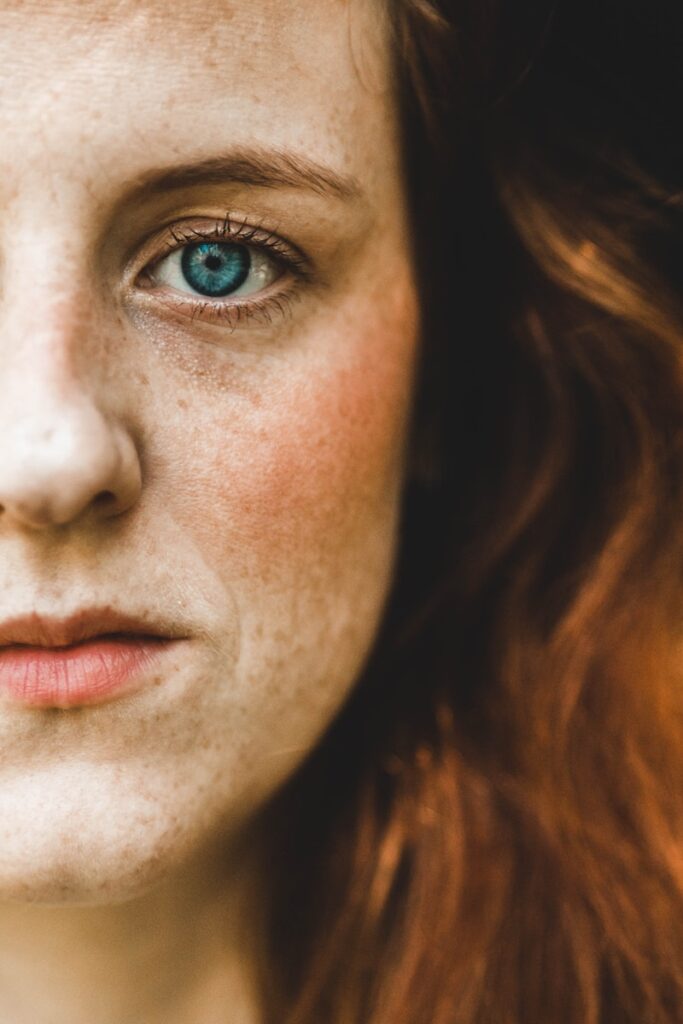
Understanding the Science
The electromagnetic spectrum
The electromagnetic spectrum encompasses all forms of electromagnetic radiation, including gamma rays, X-rays, ultraviolet (UV) rays, visible light, infrared radiation, and radio waves. Within the visible light section of the spectrum, blue light falls in the range of 380 to 500 nm in wavelength. It is crucial to understand the electromagnetic spectrum to grasp how different types of light, including blue light, can interact with our skin.
Different types of light
Within the visible light spectrum, blue light has one of the highest energy levels. It falls on the shorter end of the wavelength spectrum, making it more likely to penetrate the skin compared to other colors of light. The high-energy blue light can reach the underlying layers of the skin and potentially cause damage. Other colors of light, such as red or green, have longer wavelengths and lower energy levels, which means they do not penetrate the skin as deeply.
How blue light affects our skin
When blue light interacts with the skin, it can lead to the generation of reactive oxygen species (ROS) and free radicals. These molecules can cause oxidative stress, which can damage skin cells and contribute to premature aging. Additionally, blue light can disrupt the skin’s natural circadian rhythm, potentially affecting the quality of sleep and leading to further negative effects on the skin. Understanding how blue light affects our skin is essential in developing effective strategies for protection and prevention.
Skin Conditions Caused by Blue Light
Pigmentation and dark spots
Exposure to blue light can stimulate the production of melanin, the pigment responsible for skin color. This can lead to an increase in pigmentation and the formation of dark spots or hyperpigmentation on the skin. The repeated exposure to blue light over time can worsen these conditions and make them more challenging to treat. Individuals with melasma, a condition characterized by dark pigmentation on the skin, may be particularly susceptible to the effects of blue light.
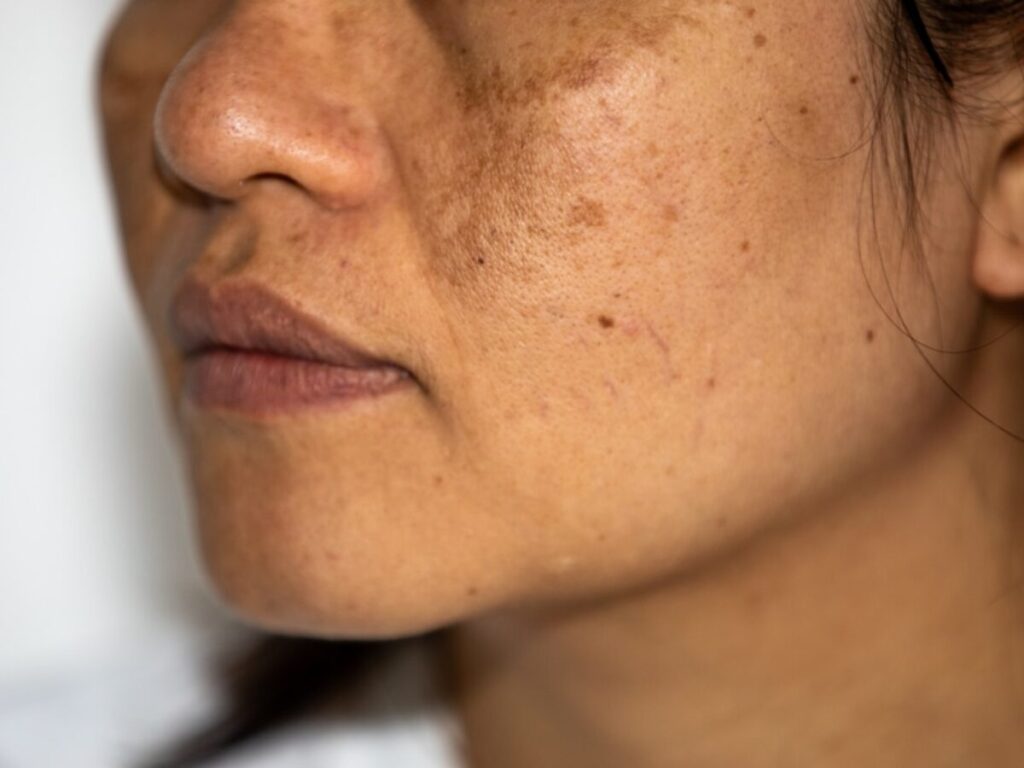
Premature aging and wrinkles
Blue light has been found to cause oxidative stress and damage to the skin’s collagen and elastin fibers, which are responsible for maintaining the skin’s structure and firmness. This damage can accelerate the process of aging, leading to the development of wrinkles, fine lines, and sagging skin. The cumulative effects of exposure to blue light, along with other external factors such as UV radiation and environmental pollutants, can contribute to premature aging of the skin.
Inflammation and redness
Studies have shown that blue light exposure can trigger inflammation in the skin, leading to redness and irritation. For individuals with existing skin conditions such as rosacea or acne, blue light can aggravate the symptoms and potentially worsen the condition. The inflammatory response caused by blue light can disrupt the skin’s barrier function, making it more susceptible to external irritants and potentially leading to further complications.
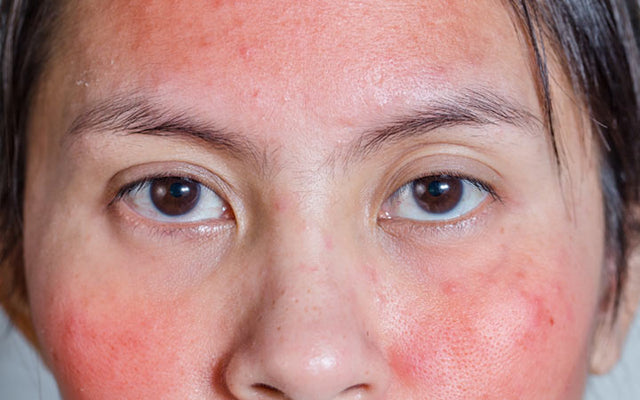
Skin barrier damage
Blue light has been shown to affect the skin’s barrier function, compromising its ability to retain moisture and protect against external aggressors. This can result in increased sensitivity, dryness, and dehydration. Furthermore, a weakened skin barrier can lead to an imbalance in the skin’s microbiome, potentially triggering or exacerbating conditions such as eczema or dermatitis. Protecting and strengthening the skin barrier is crucial in minimizing the effects of blue light exposure.
Preventing Blue Light Damage
Using blue light protection products
Several skincare products are now available in the market specifically designed to protect the skin from the harmful effects of blue light. These products typically contain ingredients that can help neutralize free radicals, provide antioxidant protection, and enhance the skin’s natural defense mechanisms. Look for products labeled as “blue light protection” or those that contain ingredients like vitamin C, vitamin E, niacinamide, or various botanical extracts known for their antioxidant properties.
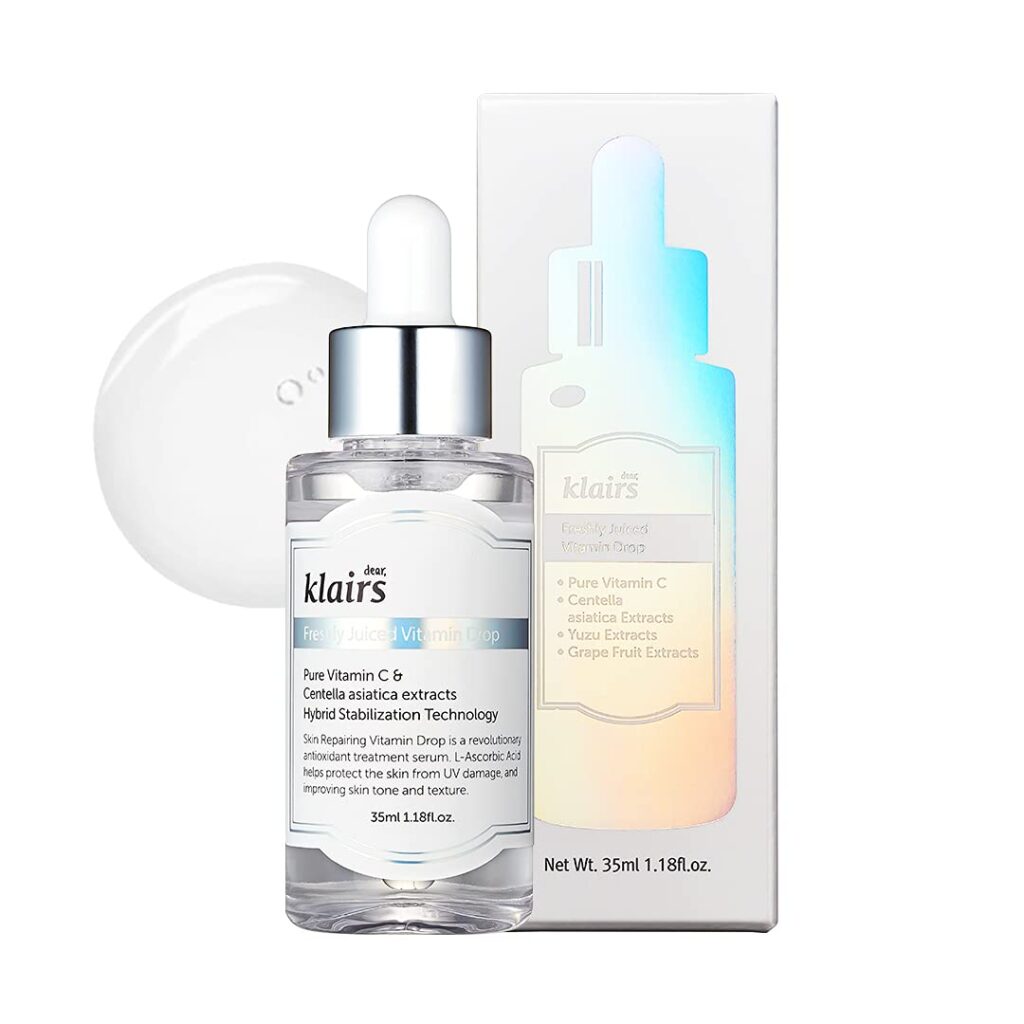
Limiting screen time
Reducing overall screen time can significantly decrease exposure to blue light. It is important to be mindful of the time spent in front of electronic devices, particularly during nighttime when the body’s natural circadian rhythm can be disrupted. Additionally, taking regular breaks from extended screen time can give the skin and eyes a chance to rest and recover.
Adjusting screen settings
Most electronic devices provide options to adjust the screen settings to reduce blue light emission. Typically known as “night mode” or “blue light filter,” these settings can help minimize the amount of blue light that reaches the skin and eyes. By decreasing the intensity and shifting the spectrum of colors, the impact of blue light exposure can be significantly reduced.
Wearing sunglasses with blue light filters
Investing in sunglasses with blue light filters can provide an extra layer of protection against the damaging effects of blue light. These sunglasses are specifically designed to block a significant portion of blue light while still allowing other colors of light to pass through. When spending time outdoors or in environments with high blue light exposure, wearing sunglasses with blue light filters can help protect the delicate skin around the eyes and prevent potential damage.
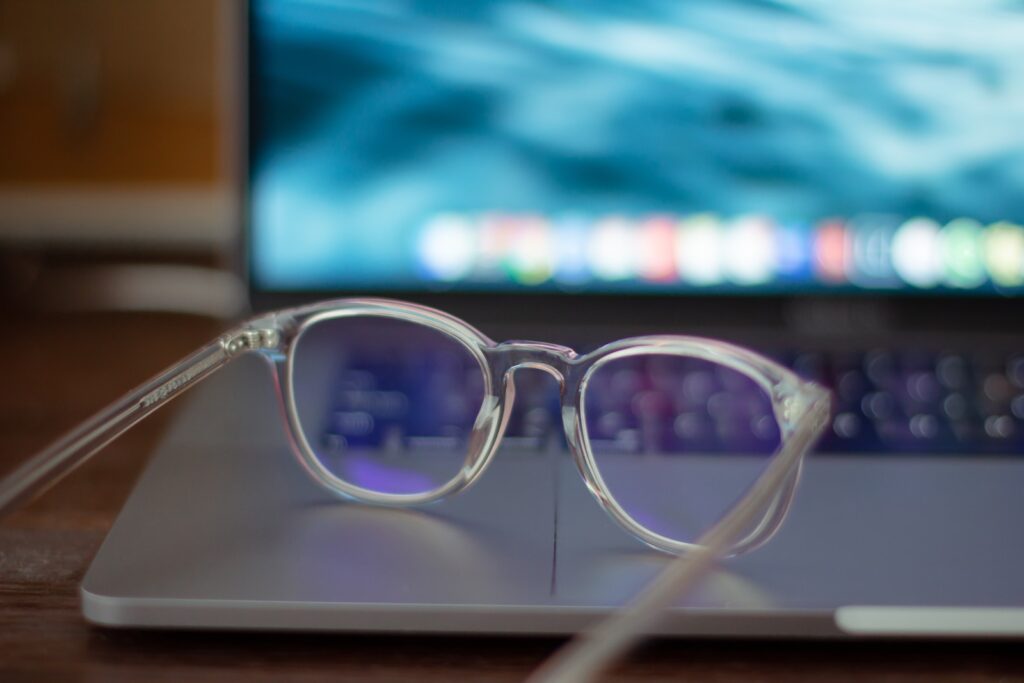
Skincare Routine for Blue Light Protection
Cleansing
A thorough cleansing routine is essential for removing impurities from the skin, including any particles that may have accumulated from blue light exposure. Choose a gentle cleanser that effectively removes dirt and excess oils without stripping the skin of its natural moisture. It is also advisable to double cleanse, especially if makeup or sunscreen has been applied, to ensure a clean and fresh canvas for the rest of the skincare routine.
Moisturizing
Applying a moisturizer is crucial in maintaining the skin’s hydration and strengthening its natural barrier against external aggressors. Look for moisturizers that contain hyaluronic acid or ceramides, as these ingredients help attract and retain moisture in the skin. A well-hydrated skin barrier can better defend against blue light damage and maintain overall skin health.
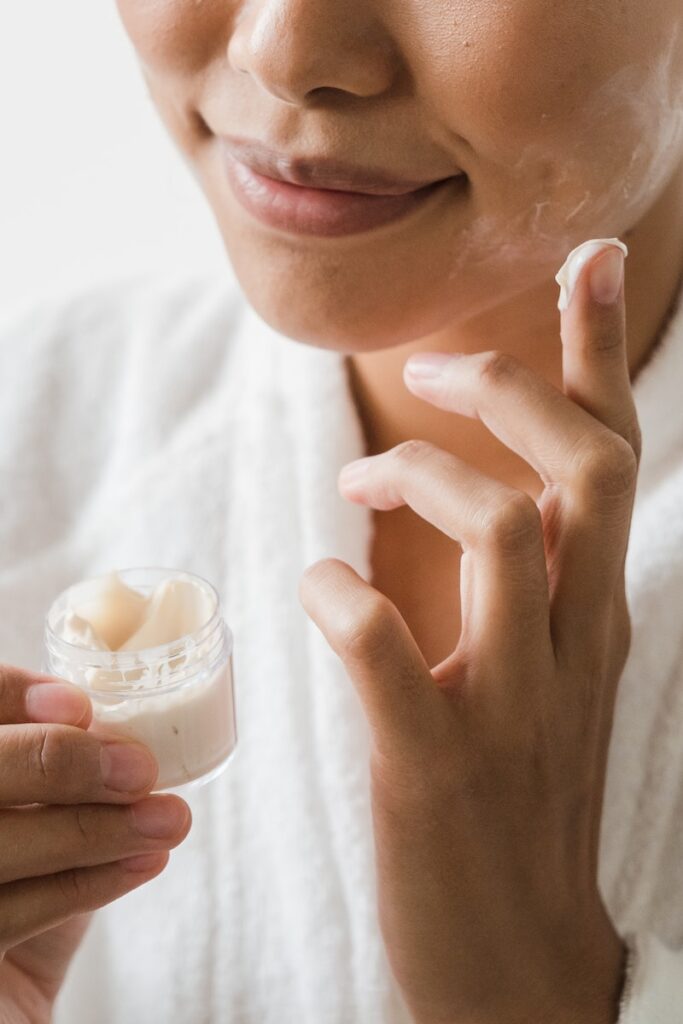
Applying SPF
Protection against UV radiation is equally important as protection against blue light. Incorporate a broad-spectrum sunscreen with a high SPF value into your skincare routine to shield the skin from harmful UV rays. Look for sunscreens that offer additional blue light protection to enhance your defense against potential damage.
Using antioxidants
Antioxidants are powerful compounds that can help counteract the effects of free radicals generated by blue light exposure. Incorporating serums or moisturizers that contain antioxidants, such as vitamin C or resveratrol, can provide an extra layer of protection and support the skin’s natural defense mechanisms. These antioxidants can help neutralize free radicals and reduce oxidative stress in the skin.
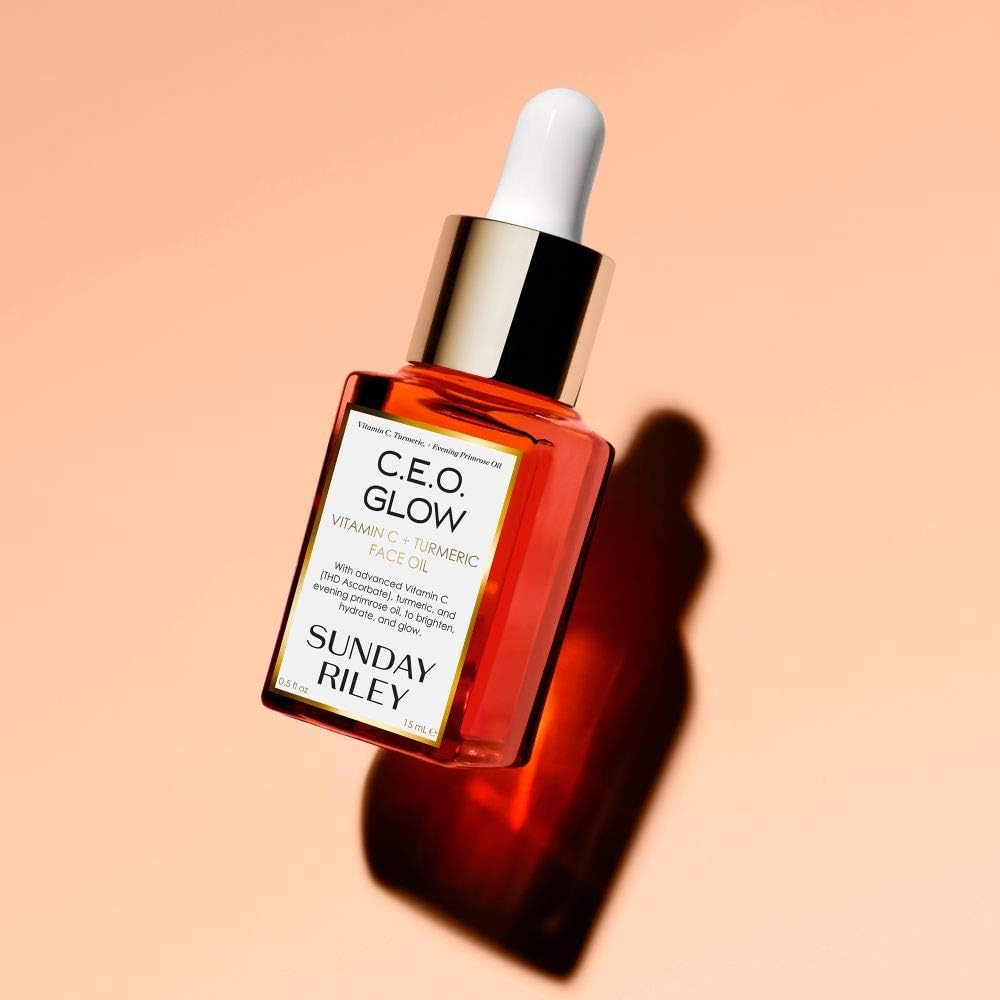
The Role of Antioxidants
How antioxidants combat blue light damage
Antioxidants play a crucial role in combating blue light damage by neutralizing free radicals and reducing oxidative stress in the skin. Free radicals are unstable molecules that can cause damage to cellular structures and contribute to premature aging. Antioxidants work by donating an electron to stabilize free radicals, preventing them from causing further harm to the skin. By incorporating antioxidants into your skincare routine, you can enhance your skin’s ability to combat the effects of blue light exposure.
Natural sources of antioxidants
While skincare products with antioxidants offer targeted protection, it is also beneficial to incorporate natural sources of antioxidants into your diet. Fruits and vegetables, particularly those high in vitamins A, C, and E, are excellent sources of antioxidants. Berries, citrus fruits, leafy greens, and nuts are all examples of antioxidant-rich foods that can support overall skin health and provide additional protection against blue light damage.

Skincare products with antioxidants
Numerous skincare products on the market are formulated with antioxidants to provide enhanced protection against blue light damage. Look for products that explicitly mention the inclusion of antioxidants in their formulations or contain ingredients known for their antioxidant properties. Green tea extract, niacinamide, and coenzyme Q10 are commonly found in skincare products and can offer substantial antioxidant protection.

Expert Tips for Blue Light Protection
Maintaining a healthy lifestyle
Adopting a healthy lifestyle goes hand in hand with effective blue light protection. Engaging in regular exercise, consuming a balanced diet, and managing stress levels can optimize overall skin health and strengthen its resilience against potential damage. A healthy lifestyle can improve circulation, enhance the skin’s natural functions, and support its ability to repair and regenerate.
Getting enough sleep
Quality sleep is crucial for the overall well-being of the skin and body. Adequate sleep allows the skin to go through its natural repair and regeneration processes, aiding in the recovery from blue light exposure and minimizing its negative effects. Establishing a consistent sleep routine and creating a sleep-friendly environment can contribute to healthier skin and better protection against blue light damage.
Eating a balanced diet
Nutrition plays a fundamental role in maintaining healthy skin. Consuming a balanced diet that includes a variety of fruits, vegetables, lean proteins, and whole grains can provide the necessary nutrients for optimal skin function and repair. Incorporate foods rich in antioxidants, vitamins, and minerals to enhance the skin’s natural defenses against blue light damage.
Taking breaks from screens
Prolonged exposure to electronic devices can lead to increased blue light exposure and potential damage. It is essential to take regular breaks from screens and give your eyes and skin a chance to rest. Incorporate short breaks every hour or two, during which you can stretch, move your body, or simply focus on something that does not require screen time. Taking breaks from screens can help reduce the cumulative effects of blue light exposure and protect your skin from damage.
Effectiveness of Blue Light Protection
Research on blue light damage
While the understanding of the effects of blue light on the skin is still evolving, research has shed light on its potential damage. Several studies have shown the correlation between blue light exposure and various skin concerns, including pigmentary changes, premature aging, and inflammation. Continued research is necessary to gain a comprehensive understanding of blue light’s impact on the skin and establish effective protection measures.
Efficacy of blue light protection products
The effectiveness of blue light protection products largely depends on the ingredients and formulation. Skincare products that contain antioxidants, physical or chemical filters, or other protective ingredients can provide a significant level of defense against blue light damage. However, it is important to choose products from reputable brands that have undergone testing and have scientific evidence to support their claims. Seeking recommendations from dermatologists or skincare professionals can help identify products that are effective in providing adequate blue light protection.
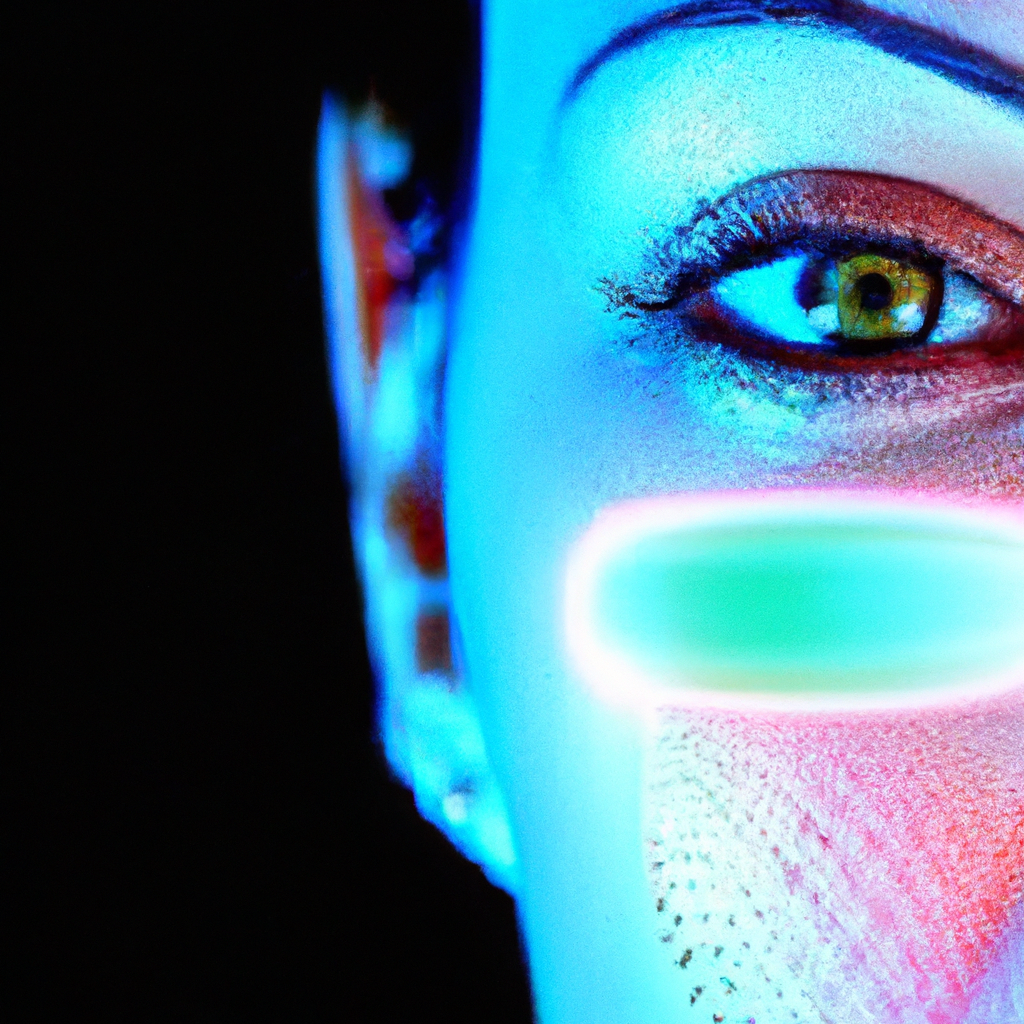
Myths and Facts about Blue Light
Myth: Blue light is only emitted by screens
Fact: While screens, such as those found on electronic devices, emit blue light, it is important to note that blue light is also emitted by the sun and various other light sources. Sunlight is a natural source of blue light, and exposure to it can contribute to the potential damage caused by blue light. Understanding that blue light is present in various environments helps to develop a comprehensive approach to protection.
Myth: All blue light is harmful
Fact: While prolonged or excessive exposure to blue light can have detrimental effects, it is crucial to recognize that not all blue light is harmful. Blue light exposure during daylight hours has been shown to have positive effects on overall well-being, including regulating the circadian rhythm and enhancing mood. It is the excessive or prolonged exposure to blue light, primarily from artificial sources like electronic devices, that can potentially cause damage to the skin.
The conclusion
Given the growing awareness of the potential harmful effects of blue light on the skin, protecting our skin from this type of light has become increasingly important. Incorporating blue light protection measures into our daily skincare routines can help minimize the negative impact that blue light exposure can have on the skin. From using skincare products with blue light protection to adopting healthy lifestyle habits, these strategies can contribute to healthier, more resilient skin in the face of technological advancements.
Addressing blue light damage requires a holistic approach that encompasses not only skincare practices but also lifestyle choices. By understanding the basics of blue light, the science behind its interaction with the skin, and the resulting skin conditions, we are better equipped to protect our skin effectively. By incorporating blue light protection products, adjusting screen settings, and practicing a skincare routine that emphasizes cleansing, moisturizing, SPF application, and antioxidant use, we can minimize the potential damage caused by blue light.
Additionally, making healthy lifestyle choices, such as maintaining a balanced diet, getting enough sleep, and taking breaks from screens, can support overall skin health and resilience. By adopting a comprehensive approach to skincare, we can safeguard our skin against the harmful effects of blue light and promote long-term skin well-being.

